Seed fibers develop in the seed pod of the plant. For the fiber to be used, it must be separated from the seed. Cotton is one of the essential seed fibers.
The word cotton comes from the Arabic word “Katan.” Cotton is also called the king of fibers because it has some unique properties such as comfort, easy care, high durability, and moderate cost. Cotton is the backbone of the world’s textile market. The cotton-related textile product is central to economic growth in developed and developing countries. They also contribute to sustainable and socially responsible development. In this article, I will present the history of cotton fiber.
History of Cotton
Cotton is the oldest fiber in the world. Nobody can’t precisely say when started use of cotton was used. But it is assumed, Cotton was cultivated more than 5000 years ago. At first, cotton was discovered in Mexico. Archeological finds indicate cotton was grown and used for textile purposes in the Indus Valley well before 2100 B.C. in Mexico by 3500 B.C. in Peru by 2500 B.C. In the southwestern United States, by 500 B.C. Fragments of fiber and bolls dating from 5800 B.C. were found in Mexico, although there is a question as to whether cotton was used as a textile that early. Cotton was used extensively in the Medo-Persian Empire and may have been used in ancient Egypt. It was introduced into the Mediterranean countries by the Arabs and into other parts of Europe by The Crusaders. The use of cotton in England is mentioned in the writing of the thirteenth century, although it did not become general until the first half of the sixteen century. In the United States, cotton was cultivated by the colonists in the early seventeenth century. The impetus of the industrial revolution, represented in the cotton industry by the invention of the carding machine and the spinning mule in England and by the creation of the cotton gin in the United States, resulted in vastly increased cotton production of manufacturing.
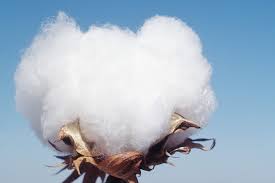
At the same time, water and steam power was developed by Britain, which made faster improvement of spinning and weaving machinery in Europe. In 1930 cotton accounted for 85% of the world’s consumption of textile fibers, but between 1950 and 1980, its market share fell to 48% due to the introduction of newly produced synthetic fiber.
More recently, textile factories have moved from Western Europe, lower pay envelope areas. Artificial product is presently substantially located in countries like India, Bangladesh, China, and Latin America. In these regions, labor cost is meager than in the first world. Biotechnology plays an essential role in cotton farming as genetically modified cotton can repel roundup, a pesticide made y the company Monsanto, and repel insects. Organically grown cotton is getting less current than synthetic fiber from petroleum products. Since the 1980s, the demand for cotton has doubled. The leasing cotton exporter is the United States, whose product is subsidized by the government, with subventions estimated at $ 14 billion between 1995 and 2003. The value of cotton fur has been dwindling sixty times. The value of cotton dropped by 50 from 1997-2007. The global cloth and apparel assiduity employs 23.6 million workers, of which 75% are women.
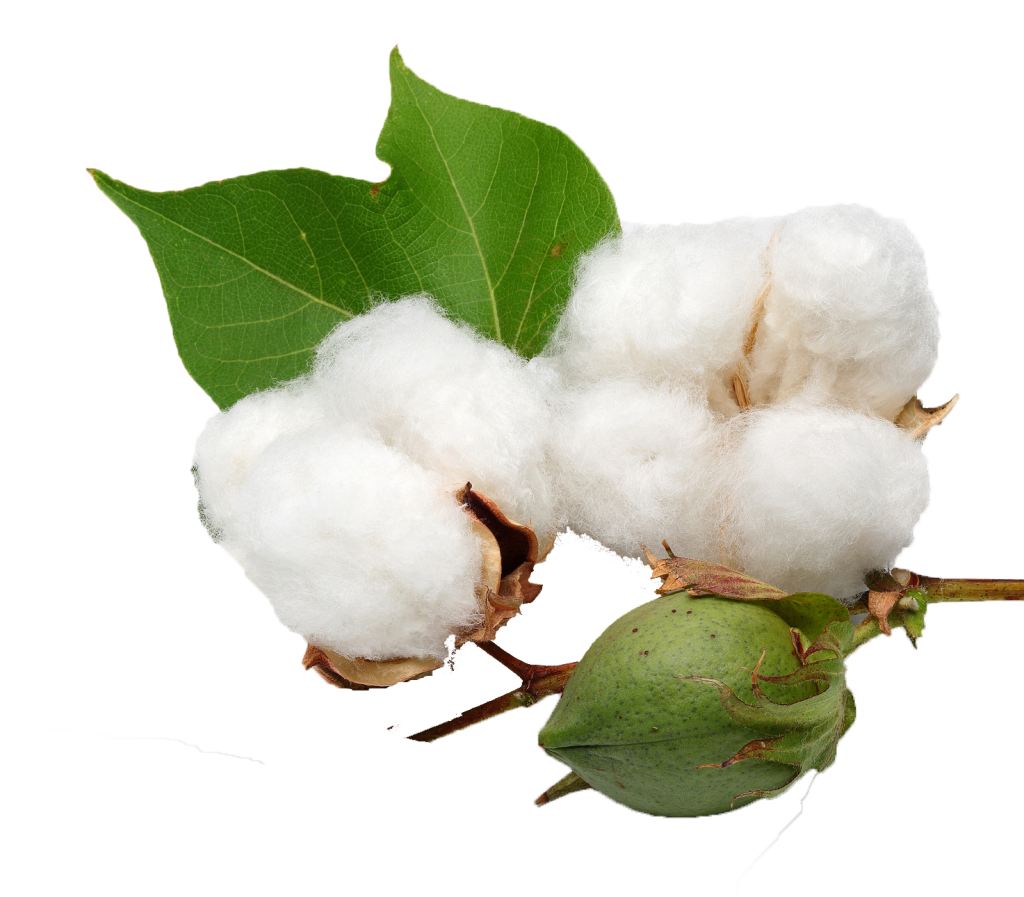
Different kinds and types of cotton are grown in various parts of the world. Some of their essential characteristics differ. Variations among cotton fibers also occur because of growth conditions, including pests, soil, climate, and fertilizers. The quality of cotton fiber is based on its color, fineness, length, and strength. Usually, longer fibers are finer and more substantial. Like any agricultural product, cotton is grown in about 80 countries worldwide. The significant producer is the following: Syria, Turkmenistan, Argentina, Greece, Brazil, Australia, Turkey, Uzbekistan, Pakistan, India, USA, and China.
Botanical name of cotton:
Botanical name of cotton:
- Gossypium herbaceum
- Gossypium arboreum
- Gossypium hirsutum
- Gossypium barbedense
1.Gossypium herbaceum
- Producing Country: Bangladesh, China, India
- Fiber length: 20mm-26mm
2.Gossypium arboreum
- Producing Country: Pakistan, China, India, Russian
- Fiber length: 15mm-30mm
3.Gossypium hirsutum
- Producing Country: Pakistan, India, Russian, South America
- Fiber length: 25mm-30mm
4.Gossypium bardebense
- Producing Country: Egypt
- Fiber length: 30mm-60mm
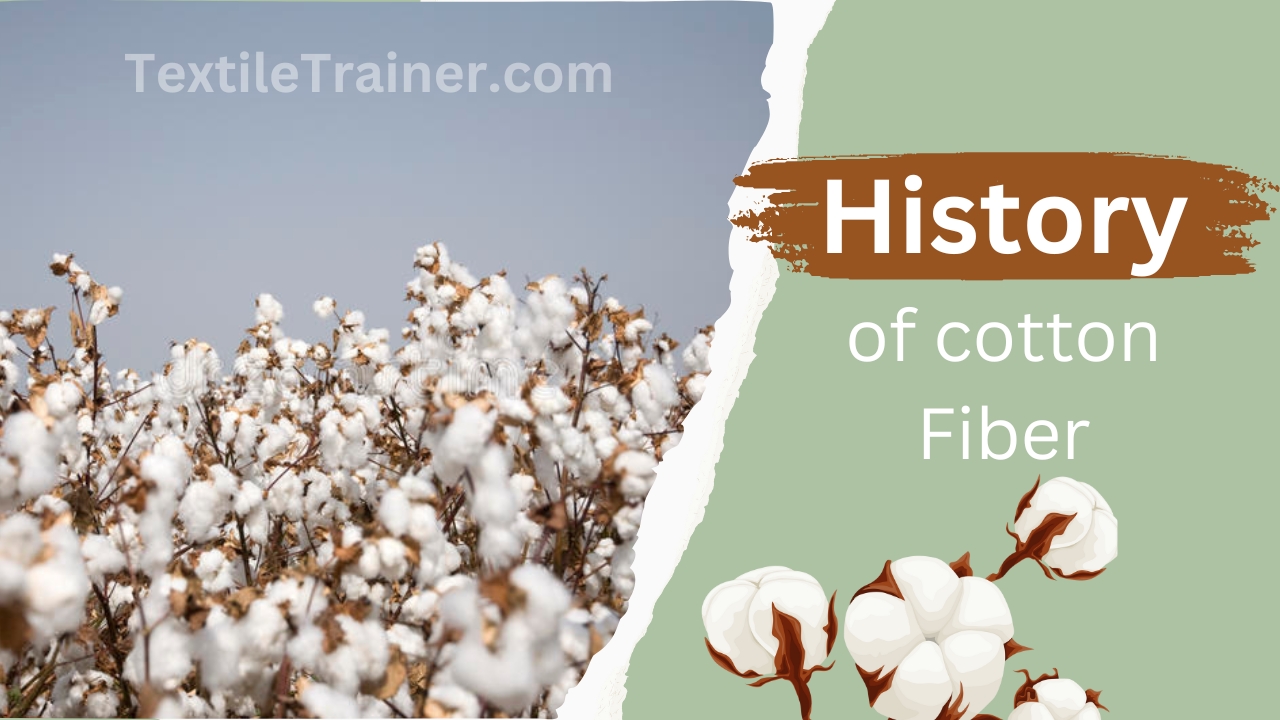



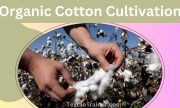
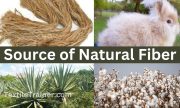
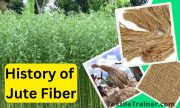
Im thankful for the blog article.Thanks Again. Really Great.
thanks too.
I really like and appreciate your article.Really thank you! Fantastic.
thanks too….please support us….
Major thanks for the article.Really looking forward to read more. Cool.
Keep visit our site….
Looking forward to reading more. Great article post.Really thank you! Cool.
keep visit our site….
Appreciate you sharing, great article post.Much thanks again. Keep writing.
keep visit our site….
Thanks for the article post.Thanks Again. Cool.
please share our article…
Major thanks for the blog article.Really thank you! Want more.
ok, we will try.
Thanks so much for the blog article.Much thanks again. Fantastic.
thanks
A big thank you for your blog post. Awesome.
keep visit our site…thank too…
Thanks for sharing, this is a fantastic blog post.Much thanks again. Awesome.
Watch blonde chicks live in activity Are you seeking ravishing blonde chicks? Well, youre pretty much in luck because Blonde cams are live now!
I am so grateful for your blog.Thanks Again. Keep writing.
wow, awesome blog.Thanks Again. Great.
Very good blog post.Really looking forward to read more. Cool.
I really enjoy the article post.
keep visit our site.
I really liked your post.Really looking forward to read more. Will read on…
Major thankies for the blog article.Much thanks again. Great.
Great, thanks for sharing this blog article.Thanks Again. Much obliged.
Really enjoyed this blog post.Thanks Again. Cool.
Thanks a lot for the post. Really Great.
Really informative blog article. Will read on…
Thanks again for the post.Much thanks again. Much obliged.
Fantastic post. Awesome.
Great, thanks for sharing this post.Much thanks again. Much obliged.
Appreciate you sharing, great post. Fantastic.
I really like and appreciate your blog post. Great.
Thanks a lot for the article post.Really looking forward to read more. Cool.
Major thankies for the article post.Thanks Again. Great.
Great article.Really looking forward to read more. Really Cool.
Thanks again for the blog.Thanks Again. Awesome.
Awesome blog.Much thanks again. Awesome.
A round of applause for your article. Will read on…
Thanks so much for the article.Really looking forward to read more.
Thanks again for the article. Great.
I loved your blog post.Really thank you! Want more.
I think this is a real great blog post.Really looking forward to read more. Great.
Thanks for the article post.Really looking forward to read more.
A round of applause for your article.Really looking forward to read more. Fantastic.
Really informative post.
Fantastic article.Really looking forward to read more. Cool.
I am so grateful for your post. Really Cool.
Very neat post.Thanks Again.
Really appreciate you sharing this blog.Really looking forward to read more. Really Cool.
Thank you ever so for you blog post.Much thanks again. Want more.
Looking forward to reading more. Great blog post.Thanks Again. Awesome.
Thanks so much for the blog article.Really looking forward to read more. Really Great.
Major thankies for the blog post.
Great, thanks for sharing this blog.Much thanks again. Much obliged.
Really enjoyed this blog article.Thanks Again. Great.
Really informative article post. Will read on…
I am so grateful for your blog article.Much thanks again.
A big thank you for your article post.Much thanks again.
Great article.Really looking forward to read more. Great.
Great, thanks for sharing this blog. Great.
Great article post.Much thanks again. Want more.
Very informative article post.Much thanks again. Will read on…
Really informative article post.Thanks Again. Much obliged.
Awesome blog.Thanks Again.
I truly appreciate this blog.Really thank you! Really Cool.
Hey, thanks for the post.Really looking forward to read more. Want more.
Great article post.Really looking forward to read more.
Thanks so much for the post.Thanks Again. Much obliged.
A big thank you for your post.Really thank you! Want more.
Thank you for your blog post.Really looking forward to read more. Will read on…
Really enjoyed this article.Thanks Again. Much obliged.
I loved your post.Really thank you!
I am so grateful for your post.Really thank you! Really Cool.
Hey, thanks for the article post.Really thank you! Great.
Thank you ever so for you blog.Much thanks again. Want more.
This is one awesome blog post.Really thank you! Cool.
Very neat article.Really thank you! Cool.
Really informative article.Much thanks again.
Thanks for the blog post.Thanks Again.
Really enjoyed this blog article.Thanks Again. Want more.
This is one awesome blog.Thanks Again. Fantastic.
Thank you for your article.Thanks Again. Want more.
Thank you for your post.Really thank you! Awesome.
Really informative article post.Thanks Again. Really Cool.
Very neat blog. Keep writing.
A big thank you for your blog post.Thanks Again. Fantastic.
Thanks a lot for the article post.Much thanks again.
Thanks for the blog. Want more.
I really liked your blog post.Really thank you! Keep writing.
I really liked your blog post. Will read on…
I loved your post. Awesome.
Appreciate you sharing, great blog.Really thank you! Great.
Thanks so much for the post.Much thanks again. Really Cool.
Thanks a lot for the article.Thanks Again. Really Cool.
Enjoyed every bit of your post.Really looking forward to read more. Fantastic.
Very informative article post.Really thank you! Really Great.
Very neat blog article.Really looking forward to read more. Cool.
A round of applause for your blog.Thanks Again. Great.
Very informative post.Much thanks again. Want more.
Really enjoyed this blog article.Thanks Again. Fantastic.
Enjoyed every bit of your blog post.Thanks Again. Keep writing.
Great, thanks for sharing this blog post.Thanks Again. Awesome.
Thank you ever so for you blog.Really looking forward to read more. Fantastic.
Thank you for your article post.Thanks Again. Really Great.
Very neat article.Really thank you! Fantastic.
Im grateful for the blog post.Really thank you! Keep writing.
Appreciate you sharing, great article post.Really thank you! Great.
I appreciate you sharing this article post. Really Great.
Awesome post.Really looking forward to read more.
Thanks for the blog post. Fantastic.
Very informative blog article. Fantastic.
Really enjoyed this blog post.Thanks Again. Keep writing.
Im thankful for the article post.Thanks Again. Really Cool.
I really liked your post.Really thank you! Want more.
I truly appreciate this post.Really looking forward to read more. Great.
I really liked your article post.Thanks Again. Will read on…